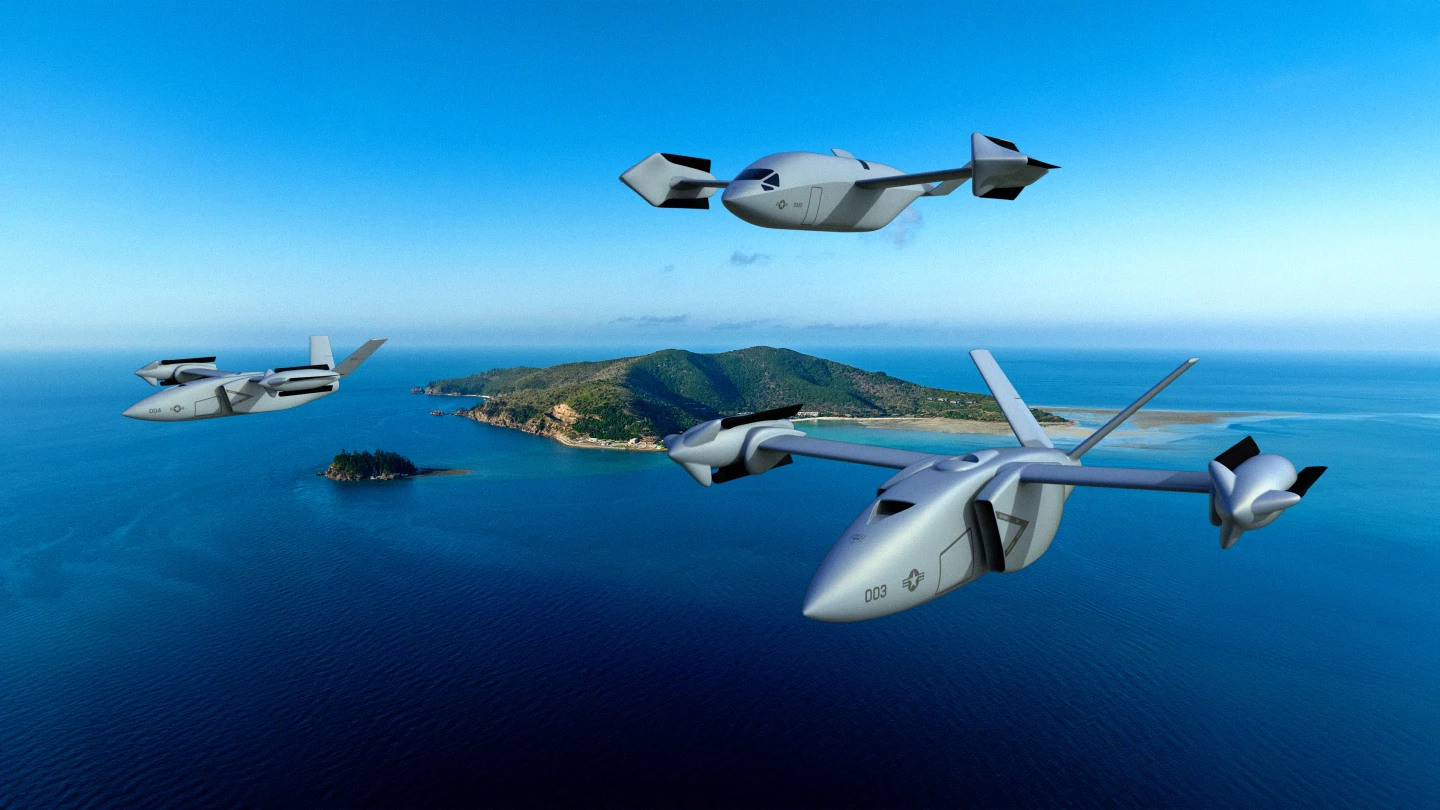We got a glimpse at what a new cross between a helicopter and a jet aircraft might look like after Bell released a new image. It's of a model used in wind tunnel tests of its entry in DARPA's Speed and Runway Independent Technology (SPRINT) program.
Rotorcraft like helicopters have the advantage of vertical takeoffs and landings in rough country but haven't much in the way of speed. Jet planes have lots of speed but need runways and even the STOVL variety need a properly flat surface to land on. It was long accepted that these were two very different classes of aircraft without much in the way of overlap.
That is, until DARPA initiated its SPRINT program aimed at making the twain meet in an aircraft that could take off, land, and hover like a rotorcraft and then transition into a jet when in vertical flight.
One major contender in this race is Bell with its X-plane that looks something like a Bell Boeing Osprey with the sort of hidden feature one would expect from a Transformer toy. After take off, the X-plane tilts its rotor nacelles forward for horizontal flight and locks them off as the jet engines take over. At this point, the rotor blades become a liability creating nothing but drag. To eliminate this, the rotors are designed to fold back into the nacelle.

The idea has already been tested at the Holloman High Speed Test Track (HHSTT) in New Mexico in 2023, with an engineering prototype of the Stop/Fold rotor assembly shot along the track to test their ability to fold under simulated flight conditions. Now this has been taken a step further at the National Institute for Aviation Research (NIAR) at Wichita State University where wind tunnel tests have been completed.
Aside from the technical data collected, the tests have given us the first glimpse of the X-plane, which has previously only been seen in artist renderings. The test model shows a streamlined hull with thin wings and a V-shaped tail, while the folding rotors are plain to see on the nacelles sitting behind aerodynamic fairings.
According to Bell, when the technology demonstrator craft is complete, it will be a pilot-optional aircraft expected to cruise at high subsonic speeds of up to 450 knots (518 mph, 833 km/h) with a range of 200 nm (230 miles, 370 km) at up to 30,000 ft (9,100 m). In addition, it will be able to carry payloads of up to 5,000 lb (2,300 kg) in a compartment large enough to hold a small vehicle.
The hope is that it will provide increased speed, range, survivability, and maneuverability for special forces, especially in the Indo-Pacific theater.
"After completing folding rotor transition testing on the sled at Holloman Air Force Base last year, we’re thrilled to have now completed this next phase of testing," said Jason Hurst, executive vice president, Engineering, Bell. “Bell’s advanced Stop/Fold family of systems will revolutionize the speed, range and survivability of vertical lift aircraft to enable operations in contested environments. We are excited to be part of another aviation milestone with this breakthrough technology."
Source: Bell






